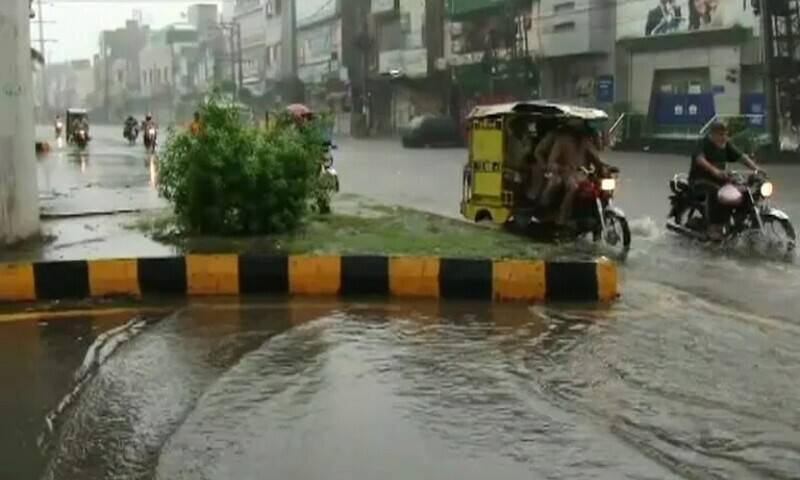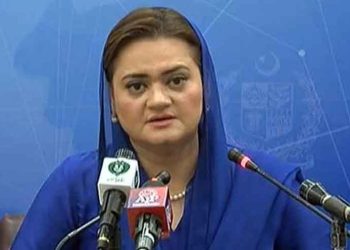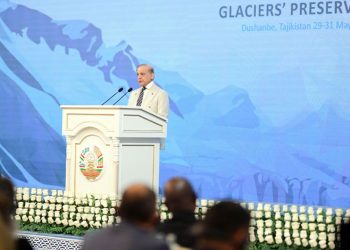Heatwaves are becoming much more likely with the gradually rising temperatures in Pakistan. More particularly, certain cities are predicted to face extremely high temperatures. These include Umarkot, Thar, Tando Allahyar, Matiari, Sanghar and Punjab’s Bahawalpur, RYK. These predictions are verified by the Natural Disaster Management Authority (NDMA). An advisory by the NDMA stated, “Bahawalpur and Rahim Yar Khan districts are at risk of heat wave”. These temperatures are expected to reach 40 degree Celsius. The first wave is expected to last for 2-3 days. The second heatwave is expected to begin by the end of May. With each preceding heatwave, the intensity is likely to increase. Correspondingly, in the second heatwave, temperatures can reach 45 degrees. The third heatwave is predicted to last even longer; it could last around 10 days in areas of Tharparkar, Umarkot, Sanghar, Badin and Khairpur.
It is also important to note that these abnormal temperatures and extreme conditions(heatwaves) are a product of Climate Change. With Climate change escalating, global warming is substantially increasing. The progression and changes in weather have been varying unusually on this account. Another one of these consequences is the rainfall being experienced in the province. Reportedly, In 2024, Pakistan recorded its “wettest April” with the highest amount of rainfall noted for the month. Further, heavy rainfalls are expected in the region even before the monsoon season. In fact, these rains are expected to be violent because they will clash with the scorching weather.

PDMA has accordingly warned the public about the approaching weather. This heat is likely to have short-term and long-term effects of sorts. It can cause trouble in body-temperature regulation leading to heat strokes, cramps, and exacerbation of pre-existing health conditions. Vulnerable groups like old aged people, children, people with disabilities or chronic illnesses are at a greater risk.







